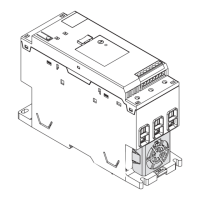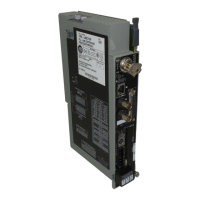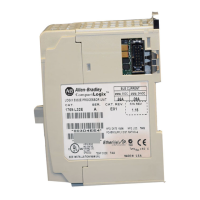1 Publication 2100-IN012B-EN-P—April 2005
Chapter
4
Installing Conduit and Cable
Installing Conduit
When installing conduit, make sure it is installed according to local codes - to
assure water and moisture can not enter or accumulate in the MCC enclosure.
Conduit must be installed so they are compatible with the NEMA rating of the
MCC. The conduit should be placed away from the horizontal ground bus to
avoid damage. It is recommended that the conduit be positioned to minimize
cable bending and maintain relative vertical alignment to incoming
connections.
Bottom Entry Conduit
Prepare the installation site so the foundation is level. Before the MCC is
installed, place and stub up conduit approximately 2” (51mm) above floor
level. Make sure all incoming conduit is clear of the horizontal ground bus.
1. For approximate section base dimensions and ground bus locations,
refer to Chapter 2, Installation Procedures, Figure 2.2 through Figure
2.6 or elevation drawings shipped with MCC.
2. For approximate bottom entry locations and wiring schemes for main
fusible disconnects, main circuit breakers and incoming line
compartments, refer to publication 2100–4.2, Mains and Incoming Lines
Dimension Reference.
Top Entry Conduit
After the MCC is in place, leveled and the sections are joined and spliced,
bring conduit into the top of the incoming section.
1. For approximate top entry locations and wiring schemes for main
fusible disconnects, main circuit breakers and incoming line
compartments, refer to publication 2100–4.2, Mains and Incoming Lines
Dimension Reference.
2. Remove the lifting angle and top plate. Modify the top plate for
necessary conduit entries. (This method helps guard against metal chips
falling into the MCC, which can cause serious damage to the
components.)

